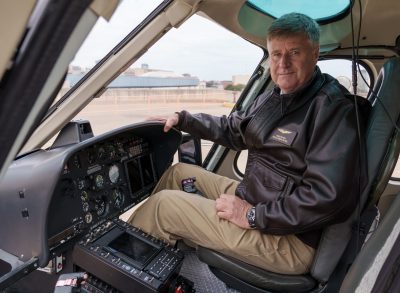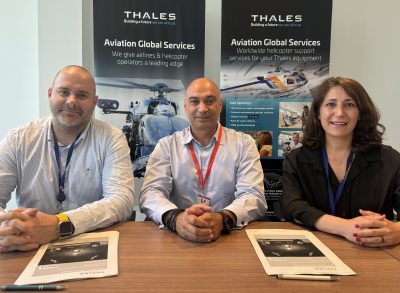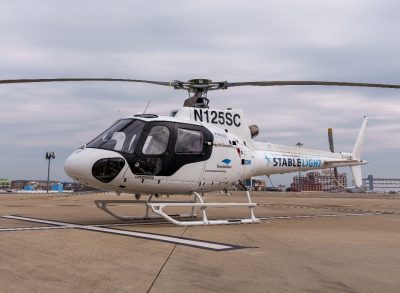Destination: Certification! Thales Flight Test Crew comments on the StandardAero/Thales True Autopilot for light helicopters
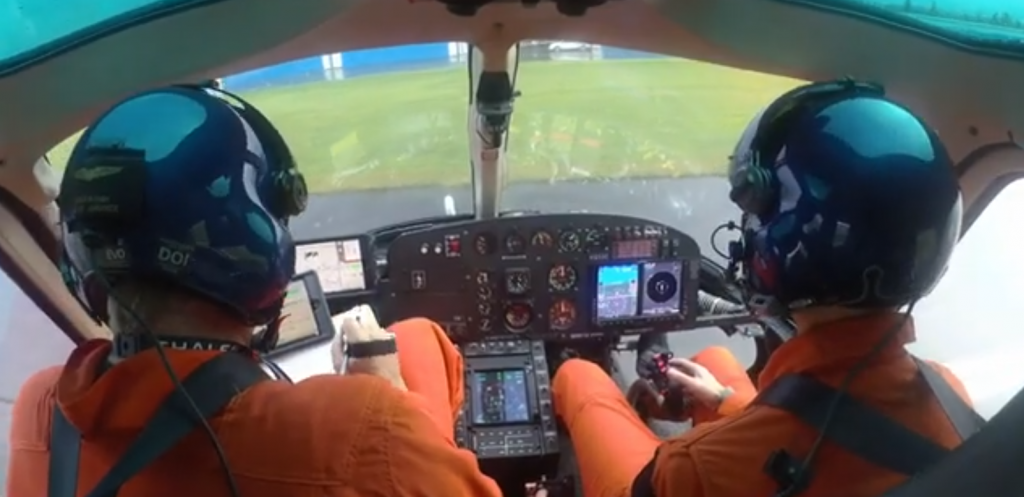
What is your background and what is your role in the current flight test program?
JS: My name is James Sleigh, and I have more than 25 years of experience of helicopter flight testing working with Sikorsky Aircraft and other OEMs, covering everything from avionics to engines to autopilots. For Thales I’m the lead flight test engineer on the AS350 autopilot retrofit program and, after a gradual shift into the business side of piloting, it is refreshing to once again be working on the engineering, development and flight testing of products, enabling them to achieve great performance and functionality.
NC: I’m Nicolas Couder and my background includes almost twenty years with the French Navy, first as an operational pilot then with the flight test team. I subsequently spent five years with the French ministry of Defence (DGA) as a flight test pilot on helicopters including the NH90. Now I’m applying my expertise to the AS350 autopilot retrofit program by providing my operational expertise and ensuring test pilot duties throughout all flights. On this program, as part of the industrial partnership, StandardAero is supplying the aircraft and Thales is providing the test crew. With Jim, our role is to perform all the development and verification flights, and to provide the operational and helicopter pilot perspective to the design and development team.
What capabilities are you putting to the test and what have the initial results been?
JS: The flight test program began with the “shake-down” phase, during which we looked at every capability and function, identifying strengths and weaknesses and enabling us to pinpoint issues and root causes. Awaiting corrections we continued flight testing with a focus on de-risking certification requirements, and gathering other valuable flight test data. That phase was very beneficial and allowed us to move on to fine-tuning the autopilot’s stability capabilities in a detailed flight test fashion, in a variety of aircraft configurations and weather conditions, from smooth to turbulent.
NC: Indeed, this involved applying operational experience in the use of autopilot in demanding missions, particularly at night and at low altitude, with few external references. We are particularly satisfied with the results obtained in flight, and the behavior of the system has been excellent. This concerns the SAS (Stability Augmentation System) and ATT (Attitude Retention) modes, which stabilize the aircraft and represent a major aid to piloting. We are also trialing the upper modes that allow to couple the four axes of the aircraft and enable pilots to fully fly hands-off during the most demanding phases of flight. These have also shown to be very efficient.
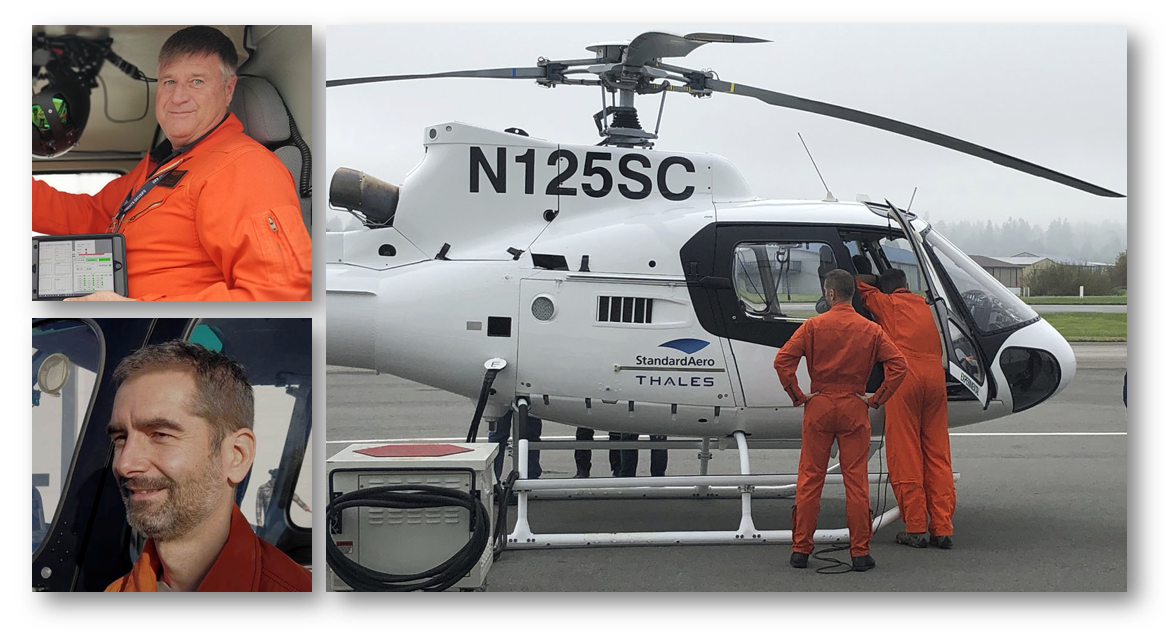
How would you sum up what the True Autopilot solution can deliver to light helicopter pilots?
JS: The word that comes to mind is “transformational” for the AS350. This is a real autopilot that can fully fly the helicopter and doesn’t require the crew to provide inputs on any of the flight controls. It also provides full-time stabilization and assistance to the pilot, even when they’re manually flying the helicopter. What is unique with our solution is that, unlike others on the market that require the pilot to loosen grip on the control, this autopilot brings full-time stability and an attitude retention function through transparent control inputs that are provided along with and augment the pilot’s inputs… all of which is available from take-off to landing.
NC: Furthermore, this autopilot offers light helicopter users true hands-off autopilot modes where the pilot can depend on the autopilot to hold altitude, airspeed and heading, or assign it to follow a complex flight plan programmed into the navigator. All this delivers a level of safety and assurance to pilots, notably in degraded situations like when the weather or visibility are challenging. This is, in essence, a large helicopter autopilot available to the small single-engine helicopter market!
What are the reasons why AS350 owners should decide to have their helicopter retrofitted with this autopilot?
NC: It’s all about these higher levels of safety for the pilots and their passengers, across the light helicopter market segment where there are sadly many accidents, with aircraft flying solely using VFR (Visual Flight Rules) on complex and demanding missions in harsh conditions.
JS: The aviation industry has always understood the true value of a real autopilot, and there is a reason and a value for that, so we’re making that performance intuitively available to AS350 pilots and operators. It represents a huge help for your crews, making all types of helicopter missions safer and more efficient.
Thank you Jim and Nicolas!
> To learn more about the Thales/StandardAero AutoPilot go to: https://go.standardaero.com/The-TRUE-AutoPilot-for-Light-Helicopters


